1. Start with the room function and mood
Living Room: Choose a color that feels welcoming and versatile. Neutral shades like soft grays, taupe, or warm beige work well and can be accented with bold decor. If you want a cozy vibe, consider deeper tones like rich greens or slate blues.

Kitchen: Light, clean colors such as whites, light grays, or soft blues give a fresh feel. Whites can enhance natural light, while subtle greens and yellows add warmth. Darker shades work well for cabinetry, adding contrast without overpowering the space.
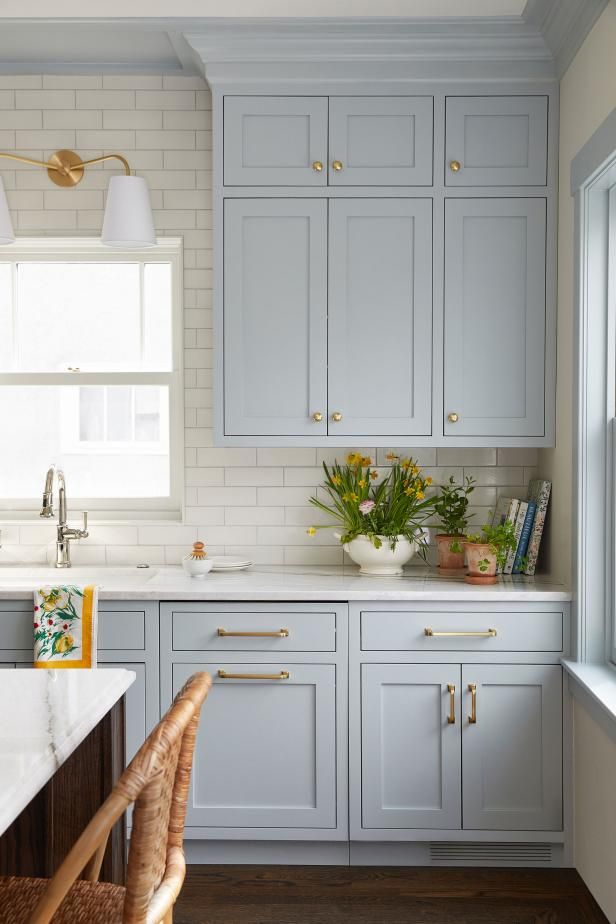
Bedroom: Opt for calming colors to promote relaxation. Designers suggest soft blues, greens, or muted earth tones to create a peaceful atmosphere. If you prefer warmth, dusty pinks or warm grays are great for a cozy feel.
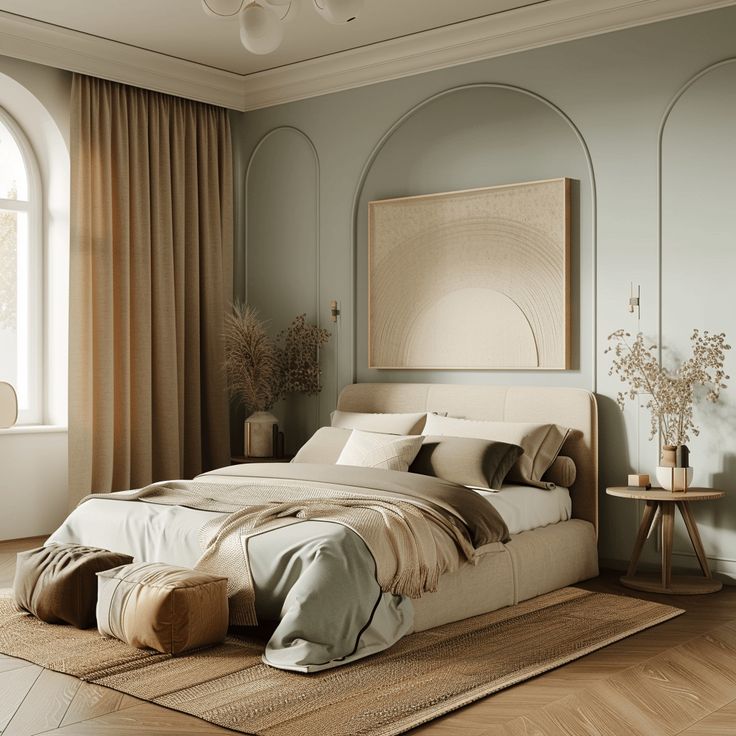
2. Understand Undertones
Warm Undertones: Colors with red, yellow, or orange undertones create a cozy, inviting feel. Warm undertones are ideal for social spaces like living rooms and dining areas.
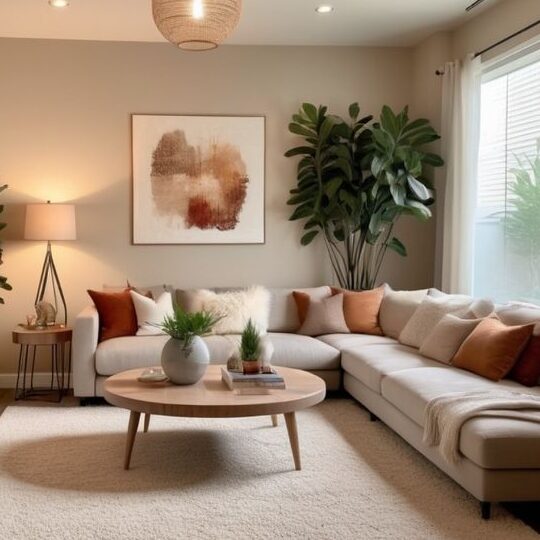
Cool Undertones: Blue or green undertones create a calming, fresh feel. They’re perfect for bathrooms, bedrooms, and offices where a relaxed ambiance is desired.
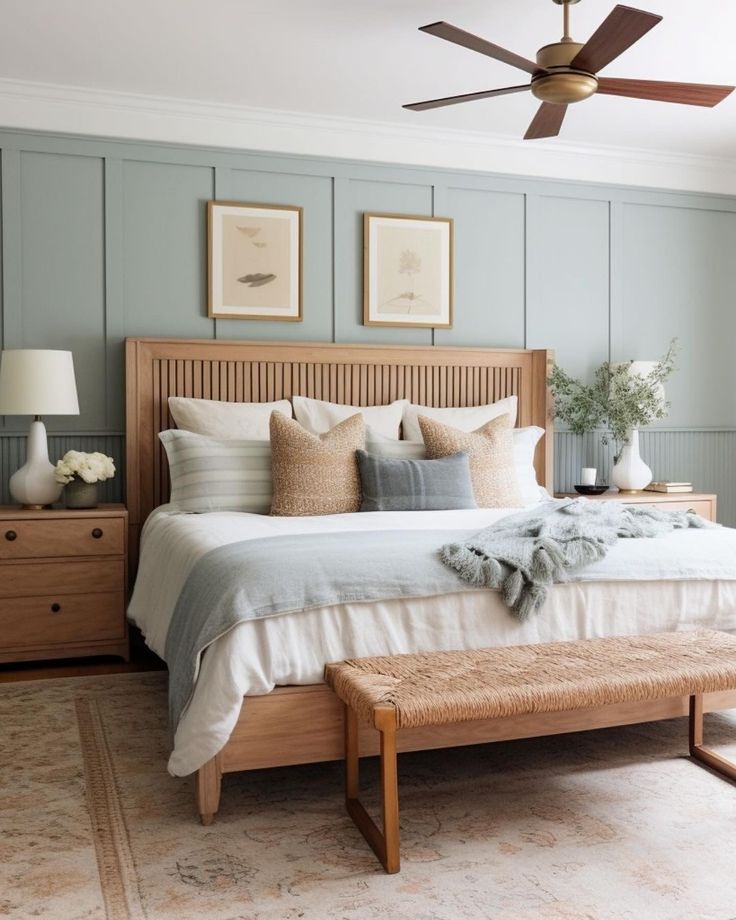
Neutral Undertones: Some colors have both warm and cool undertones, making them versatile for any room. Neutrals like greige (gray-beige) are highly adaptable and work well as a base color throughout the home.
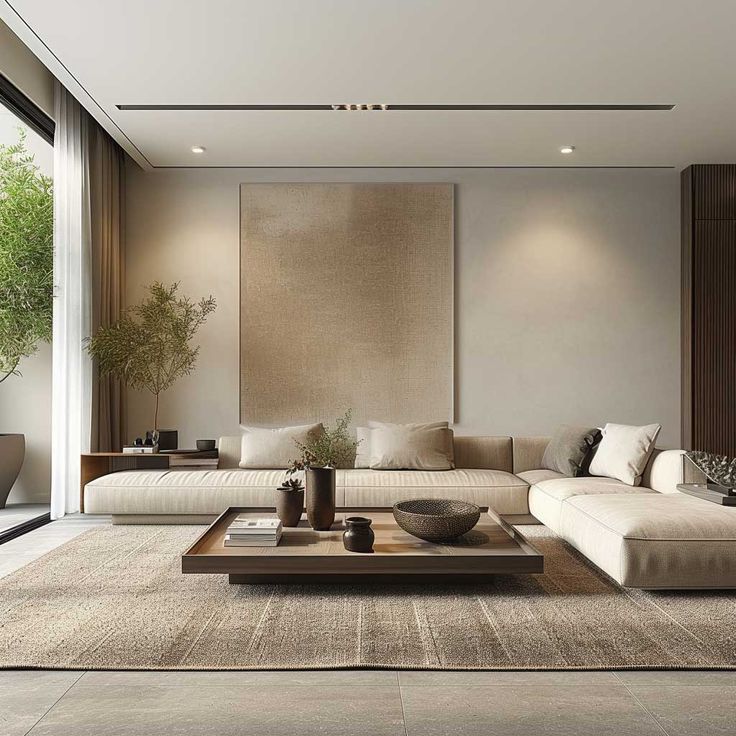
3. Consider Natural and Artificial Lighting
Natural Light: Rooms with ample natural light can handle both light and darker colors. South-facing rooms get warmer light, which enhances warm tones, while north-facing rooms receive cooler light, ideal for cooler shades.

Artificial Light: Artificial lighting can alter a color’s appearance. In rooms with limited natural light, opt for warmer shades to prevent the space from feeling cold or dim. Make sure to test your chosen color under different lighting throughout the day.
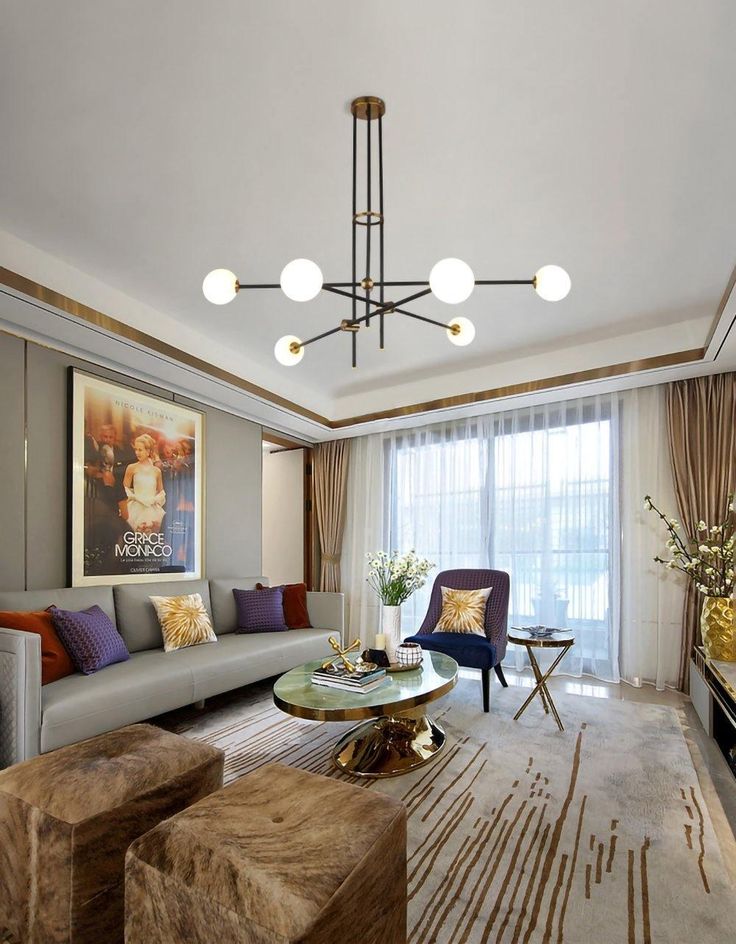
4. Coordinate with Furniture and Decor
Consider the colors of your furniture, flooring, and accent decor. Choose complementary shades for a cohesive look. For example, if you have warm wood furniture, consider warm-toned walls for harmony. Conversely, if you have bold furniture, a neutral wall color can help balance the space.

5. Experiment with Accent Walls
If you’re interested in adding color without committing to a full room makeover, try an accent wall. This is a great way to introduce a bolder shade without overpowering the space. For a modern look, opt for a contrasting wall behind a focal point like a bed or fireplace. Deep navy, forest green, or rich charcoal are popular accent colors.
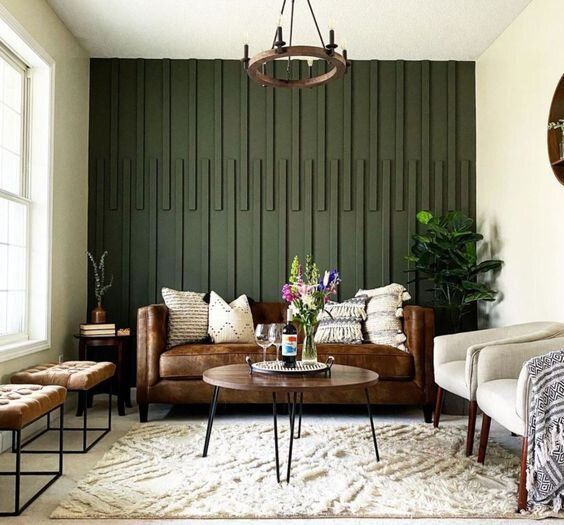


Hi, this is a comment.
To get started with moderating, editing, and deleting comments, please visit the Comments screen in the dashboard.
Commenter avatars come from Gravatar.